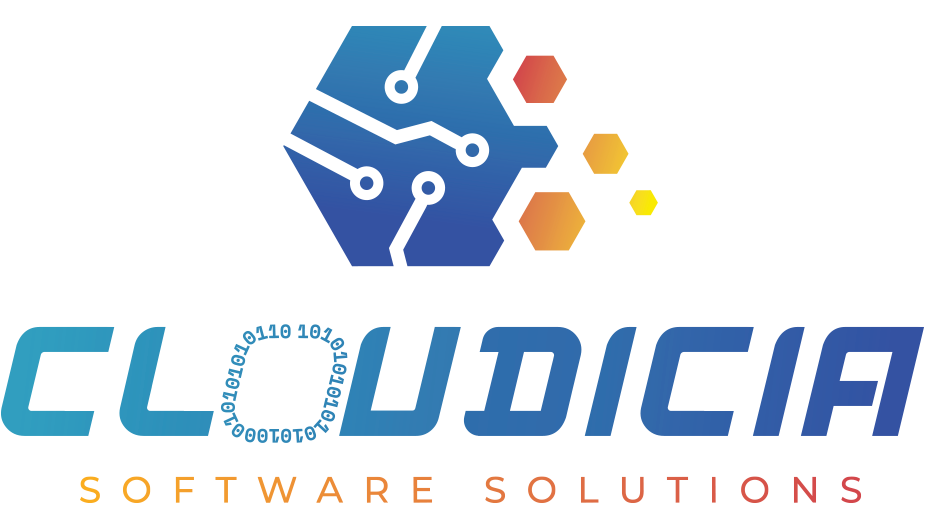Quarkus: Redefining Java for the Cloud-Native Age
Introduction
For decades, Java has been the backbone of enterprise software development, celebrated for its reliability, scalability, and extensive ecosystem. However, as businesses move towards cloud-native architectures, traditional Java frameworks sometimes struggle to keep up with the demands of modern, lightweight, and highly scalable applications.
Quarkus emerges as a game-changer, tailored specifically for the cloud-native world. Designed to optimize Java applications for Kubernetes, containers, and serverless environments, Quarkus is empowering developers to build faster, leaner, and more adaptable systems.
Why Traditional Java Faces Challenges in the Cloud
Traditional Java frameworks like Java EE and Spring were built with monolithic architectures in mind, operating on dedicated servers with predictable resources. Today’s cloud-native environments, driven by microservices and serverless functions, demand faster startup times, lower memory usage, and seamless scalability—areas where legacy Java frameworks often fall short.
Common challenges include:
- Slow Startup Times: In dynamic environments like Kubernetes or serverless platforms, applications must scale quickly, making slow startups a bottleneck.
- High Resource Usage: Traditional frameworks consume significant memory and CPU, making them less cost-effective for containers.
- Complex Microservices Deployments: Managing multiple Java-based microservices can be resource-intensive and time-consuming.
These limitations created a need for a modern framework that could leverage Java’s strengths while addressing these new demands.
Enter Quarkus: A Cloud-Native Java Framework
Quarkus is a framework designed from the ground up to address the limitations of traditional Java in modern architectures. Built on top of established libraries like Hibernate, Vert.x, and RESTEasy, Quarkus provides developers with familiar tools but optimizes them for the cloud.
Key highlights of Quarkus:
-
- Native Image Support: By integrating with GraalVM, Quarkus allows Java applications to be compiled into native executables, resulting in ultra-fast startup times and reduced memory consumption.
- Kubernetes Integration: Quarkus offers built-in extensions for Kubernetes, making deployment and scaling straightforward.
- Developer Productivity: Features like live coding and pre-configured extensions simplify the development process, making it easier to build and test applications.
Cloud-native architecture enablesagility, scalability, and resiliencefor businesses
What Sets Quarkus Apart?
- Lightning-Fast Startups Applications built with Quarkus can start in milliseconds, thanks to native compilation with GraalVM. This makes Quarkus ideal for serverless environments where functions must spin up quickly to handle traffic.
- Efficient Resource Usage Quarkus’s small memory footprint allows businesses to run more services within the same infrastructure, reducing costs and improving performance in containerized setups.
- Seamless Kubernetes Compatibility Designed with Kubernetes in mind, Quarkus simplifies the deployment of containerized applications. It supports features like health checks, liveness probes, and automatic scaling out-of-the-box.
- Support for Reactive Programming Quarkus’s reactive core enables developers to build non-blocking, event-driven systems, perfect for real-time applications like chat platforms or IoT systems.
Potential Challenges with Quarkus
While Quarkus offers significant advantages, there are a few considerations to keep in mind:
- Learning Curve: Developers transitioning from traditional Java frameworks may need time to adapt to Quarkus’s unique features and workflows.
- Native Compilation Complexity: Compiling applications into native executables can be challenging for projects with intricate dependencies.
- Community Size: Compared to more established frameworks like Spring, Quarkus’s community is still growing, which may limit third-party resources.
Why Quarkus is Java’s Cloud-Native Future
Quarkus is redefining what’s possible with Java in cloud-native environments. By combining lightning-fast performance, seamless Kubernetes integration, and developer-friendly features, Quarkus ensures that Java remains a top choice for modern application development.
Whether you’re building microservices, serverless functions, or edge applications, Quarkus offers the tools and efficiency to thrive in the cloud-native era.
At Cloudicia, we’ve helped organizations harness the power of Quarkus to build scalable, cost-effective solutions tailored to their needs. Ready to take your Java applications to the next level? Let’s work together to bring your vision to life.






